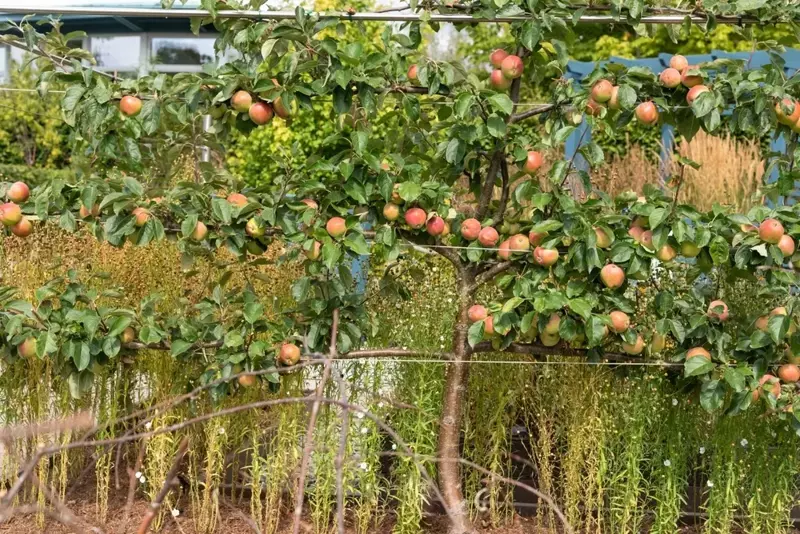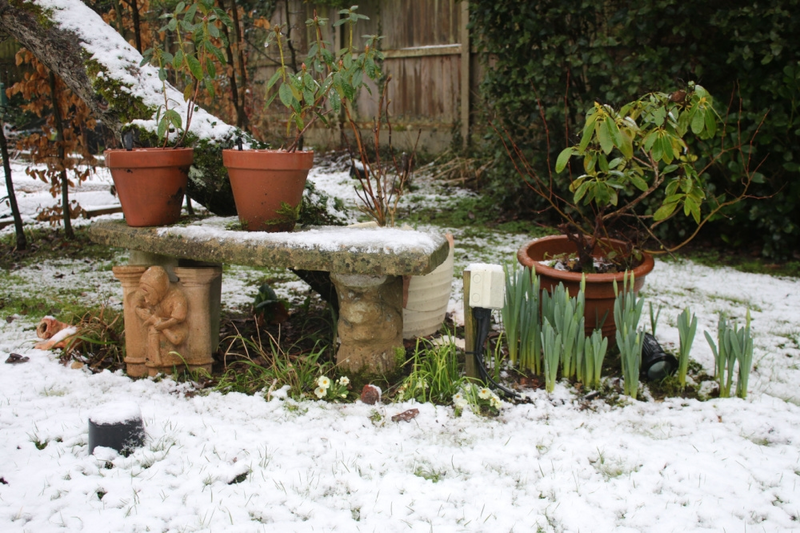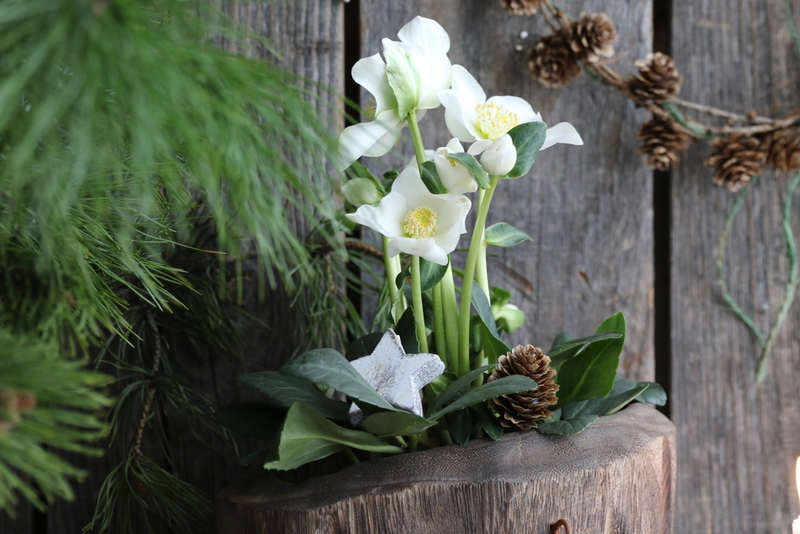
When pruning fruit trees, it is imperative to have some tips and knowledge to ensure they are pruned correctly and thrive into the future. By ensuring you know each tree and the pruning method, your fruit trees will repay you with plenty of fruit. Here's how and when to prune fruit trees, such as apples and pears, apricots and peaches, damsons and plums, citrus and cherry.
Apples and pears
Apple and pear trees should be pruned during the dormant season from November to March. Also, use sharp and clean tools. We recommended that you stand back from the tree and look at the shape. This will help you to see how to prune for good airflow and a goblet shape.
- First, remove crossing branches, inward-growing shoots;
- Then cut back the previous year’s growth to approximately one-third.
- Cut above a bud and make sure it is facing towards the way you would like it to grow.
Apricots and peaches
Apricots and other stone fruit trees should be pruned during early spring before growth starts. Pruning too soon during the winter can increase the chances of diseases such as silver leaf and bacterial canker. Prune young trees after the first bud bursts in early spring. Established trees can be pruned in the summertime.
Damsons and plums
Pruning should be carried out in early spring or mid-summer and, as with apricots and peaches, avoid pruning from fall throughout winter. These don’t require pruning as specifically as apple and pear trees, but early training and removing old wood will help to ensure they produce lots of fruit.
Citrus
If you are growing citrus fruits, you may be pleased to know they don’t need much pruning, but tidying them up in February is a good idea. Thin out branches as needed, and if your citrus tree has gotten out of shape or is too leggy, you can prune it back by about two-thirds. If you find some growth growing much too quickly, nip off the tips and any fast-growing shoots as needed. Also, remove shoots that appear from the bottom of the stem beneath a graft as soon as they appear.
Cherry
Cherries can be pruned in late July and into August, but light pruning can be undertaken in spring. Cherries can be vigorous, so pruning is necessary. Pruning will help to ensure your tree has a good balance of the older wood, which will fruit younger replacement branches for future fruit.
There are many more fruit trees that can be grown and many styles of pruning, from espalier to fan or cordon; this is a guide to get you started.
We stock a wide range of high-quality pruning tools, like pruning shears, secateurs, loppers, gloves, and more. If you want to plant a fruit tree, this is your time! Fruit trees are excellent to plant in the fall. Please visit us to find fruit trees perfect for your garden. You can always ask our friendly staff for advice!




